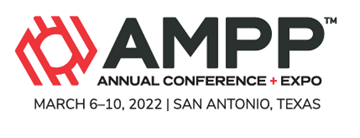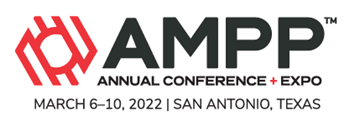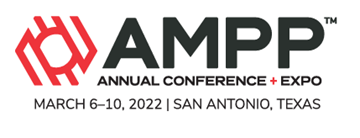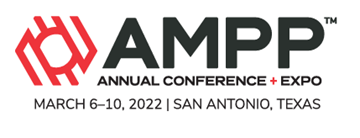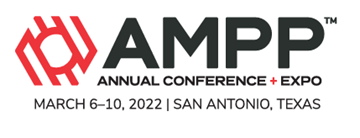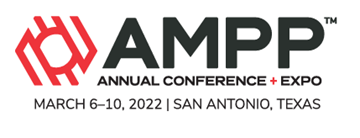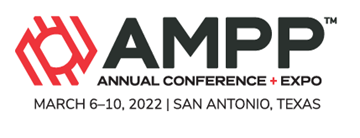Search
Products tagged with '2022 conference papers'
View as
Sort by
Display
per page
Investigation On The Localized Corrosion Performance Of Lean Duplex Stainless Steels In Urban Wastewater Treatment Plants
Product Number:
51322-17756-SG
Publication Date:
2022
$20.00
IOW Analysis With Installed UT Sensors: How Process Changes Impact Corrosion Rates
Product Number:
51322-17611-SG
Publication Date:
2022
$20.00
K / Size Effects on the Crack Growth Rate of Irradiated Stainless Steels of Boiling Water Reactors
Product Number:
ED22-17304-SG
Publication Date:
2022
$20.00
Key Points Specifically For Transmission Pipeline Coating
Product Number:
51322-17760-SG
Publication Date:
2022
$20.00
Laboratory And Full-Scale Qualification Of An Abrasion Resistant Overcoat Wrap
Product Number:
51322-17633-SG
Publication Date:
2022
$20.00
Laboratory Evaluation Of Corrosion Inhibitor And The Performance Requirements In Gas Gathering And Transportation Pipelines
Product Number:
51322-17856-SG
Publication Date:
2022
$20.00
Laboratory Testing To Investigate If Coated Pipelines Are Safe For Transportation Of Hydrogen Gas
Product Number:
51322-17832-SG
Publication Date:
2022
$20.00
Laser Cleaning For Surface Preparation For Pre-Weld And Pre-Bonding Applications
Product Number:
51322-18182-SG
Publication Date:
2022
$20.00
Laying the Foundation for an Engineered and Integrated Approach to Pipeline External Corrosion Protection
Product Number:
51322-17962-SG
Publication Date:
2022
$20.00
Leveraging Risk Insights For Aging Management At Nuclear Power Plants
Product Number:
ED22-17189-SG
Publication Date:
2022
$20.00
Life Cycle Costs For Thermal Spray Zinc Duplex Coatings On Long Lifetime Steel Constructions
Product Number:
51322-17803-SG
Publication Date:
2022
$20.00

